
Matthew Barnes hit the ground running with his debut Forest Swords EP Dagger Paths back in 2010, with critics raving about its psychedelic guitars and sample-strewn anatomical design.
This was followed by albums Engravings (2013) and Compassion (2017) where Barnes developed entirely new and uniquely imaginative soundscapes, employing multiple layers of electronic textures, percussion and vocal samples.
So inspiring was Barnes’ foray into contemporary sound design, he was approached to score for video games, soundtrack and even theatre. Following a six-year break, Barnes’ third Forest Swords album, Bolted, is a playful yet no less enigmatic return, rewriting the electronic playbook with its combination of inexplicable atmospheres, deconstructed beats, eerie vocals and some beautifully absorbing melodies.
Your sound is very distinguishable from other electronic artists. Was that an immediate ambition when you started making electronic music?
“I never really went into it with any sort of plan or sound idea. I got made redundant from my job, so making music was almost a bit of an experiment of playing around on my laptop when I was bored. I wasn’t listening to anything in particularly and didn’t pinpoint what I wanted to sound like; I just made the music I wanted to hear and chose sounds that resonated with me on some level, almost creating the things that I wanted to exist in the world.”
Your DJ Kicks compilation in 2018 did give us some insight into your personal tastes and Dead Can Dance stands out as a band you might have particularly related to?
“I discovered them quite late actually – I’d heard of the name but hadn’t really listened to them properly. They have a similar timeless sound where you can’t really place whether it was made in the ’80s or ’90s and I like that ambiguity of not knowing whether something is real or digital, an instrument or a sample. For me, Dead Can Dance ticked a lot of those boxes.”
It’s been six years since your last solo album, Compassion, but we understand you’ve spent time working in several different mediums?
“All of that happened accidentally really. A lot of choreographers and directors got in touch about doing work at a time when I was between albums and it was a new experience to make music to a brief, although I was used to doing that having been a graphic designer.
“I made music for a ballet and spent most of the pandemic scoring a video game for Microsoft, but the way that you have to make music for these projects is very different to solo albums. They’re more experiential and you have to create layers and moments that will hit at different points.”
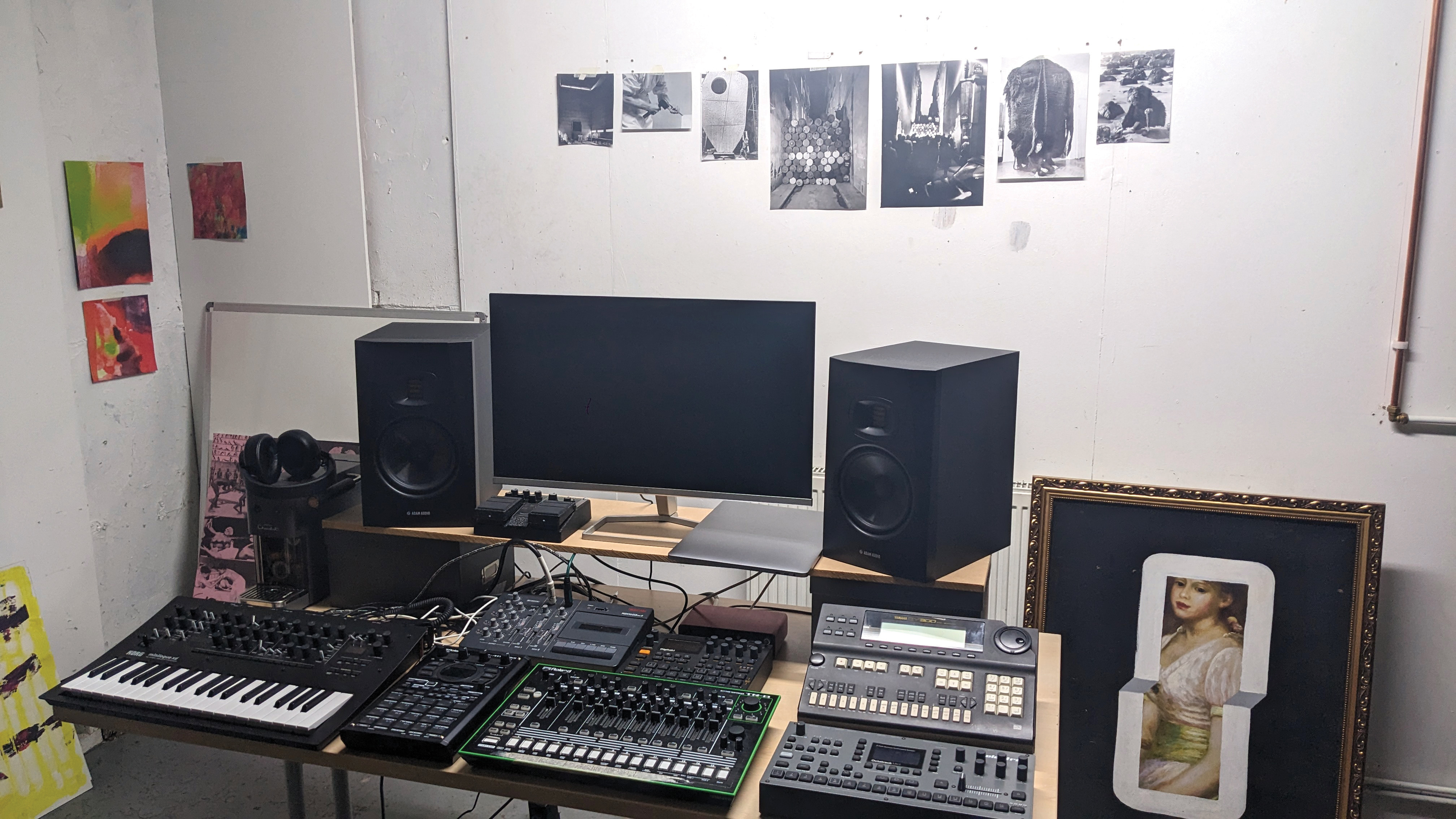
Explain how the video game work differs from scoring a film, for example?
“I did some stuff for Assassin’s Creed and hours and hours of music for a game called As Dusk Falls, which came out last year. I wasn’t a huge gamer before I started so wasn’t exactly aware of how precise the implementation of the music needed to be. With soundtracks you have a visual that you have to create an emotional resonance to, whereas with video games you have multiple options to go down and have to create sounds for different emotional flashpoints.”
You mentioned your graphic design work, which is obvious in terms of your distinctive videos and cover art. Did you attend art school?
“I went to art school in Liverpool and always wanted to be a graphic designer. When I started making a career in music, it felt really natural to take over the visual side and I couldn’t imagine handing all that over to someone else. I do get frustrated when some of my favourite artists don’t connect art and music and I’m protective about doing that myself. Part of the joy is about creating a higher universe by fitting visuals to music.”
Does the artwork act as a guide to your music or vice versa?
“Rather than listen to other people’s tunes, I’m quite visual when it comes to writing music and will often paste interesting images onto the wall in the hope that it somehow feeds into my sounds. For this latest album, Bolted, I had this picture of some oil barrels that I really liked and was trying to think of ways to make sounds that might replicate that image.
I like thinking about music in terms of textures - I wanted a lot of this new album to sound like spilled oil
“I like thinking about music in terms of textures and how they might feel and so I wanted a lot of this new album to sound like spilled oil. The studio I was working in used to be a car factory, so I became interested in metal, steel and oil and how that could be reflected in the music. There’s no right or wrong way of going about that, it’s just a way to generate ideas.”
The vinyl also comes with a 12-page booklet and art print and the green, aqueous picture disc looks absolutely gorgeous…
“I got a bit obsessive and spent a lot of time on the artwork. Vinyl is not cheap to buy nowadays, so if people are going to spend £20-30 on my music then I want them to have a fully-rounded experience with it. When I grew up, I used to pore over the artwork on all of my records and I like physical things.
“For the vinyl, I had an idea that I wanted it to look like algae and thought that would fit with how the record sounded. I asked the label if they could do it and had a bit of back and forth with the pressing plant, but I think it’s the first time they’ve ever created a coloured vinyl using this specific technique.”
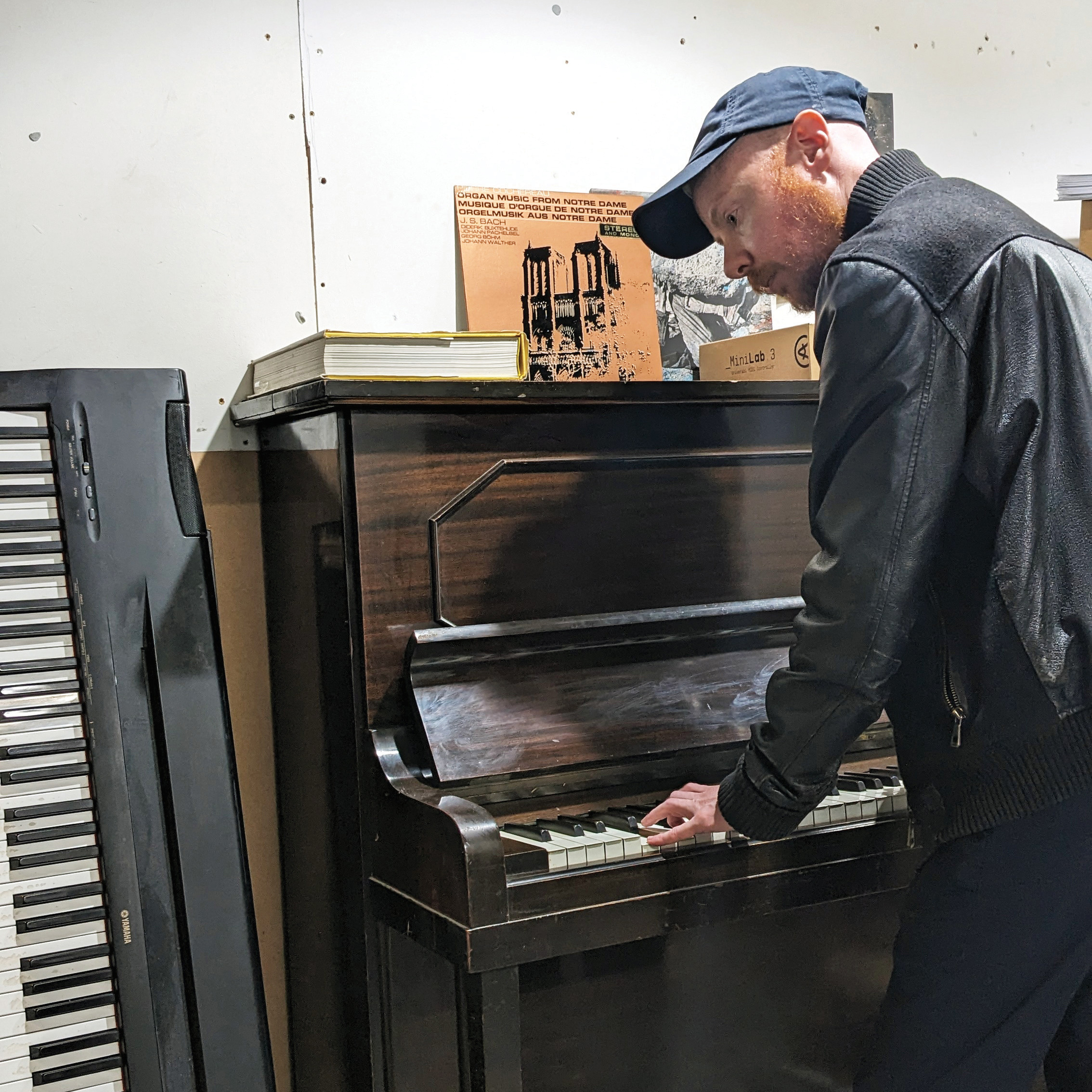
You mentioned making Bolted in a former car factory in Barnes, Liverpool. Why choose that specific location?
“I’d always worked from my bedroom, so having a new space to work in felt really important to me. The building had gone through various lives over the years – it was a munitions factory, then a car factory and now it’s been carved up into these weird studios. I had this idea that it would be super-high-end and ultra-soundproofed, but it was more like an artist studio – a space designed to create and generate ideas. The industrial-looking feel of this warehouse studio filtered into some of the sound choices I made, so the music feels heavier and more claustrophobic this time.”
Having said that, the opening track Munitions appears to add a more overt pop element to your sound. It’s still dark and atmospheric, but the melodies are very accessible?
“I find melodies quite comforting. In the past, I really enjoyed making beats and textural stuff, but because I’ve done so much scoring I seem to have become more drawn to writing vocal melodies and instrumental hooks. I was listening to lots of Björk, Kate Bush and The Prodigy, where every moment of a song has a different hook. You can pack songs full of these things and I really enjoyed adding that to my process.”
You had a broken foot at the time, so maybe making melodies was an antidote to the pain you were suffering?
“The injury wasn’t very glamorous; I fell down some stairs and was in a lot of pain for about six months. I found the whole writing process quite psychedelic because I wasn’t taking any pain killers so it all felt quite grim, heavy and dark. Perhaps I found that making heavy beats and writing nice-sounding melodies was comforting and familiar on some level.”

The track Butterfly Effect features a prominent Neneh Cherry vocal sample. How did that come about?
“I was going to work with Neneh about five years ago but the pandemic hit and it didn’t quite work out. I had an instrumental track knocking around for four or five months, so I sent it over and asked if she had any unreleased stuff that might fit. Neneh sent back an acapella almost immediately, which fit perfectly. It felt like a lovely moment and something that was almost meant to be.”
Do samples trigger ideas for you or is it more about intuitively using a sample that might suit a semi-completed track?
“I like to leave that up to the universe because my favourite samples have always felt like they’re meant to be there. There’s no arguing or trying to shape the sample into something else, it’s perfect as it is and I don’t have to do anything else to it. If it feels like I’m shoehorning something in, I won’t use it.”
Are you using Splice to source samples?
“I’ve used Splice for a couple of snare hits and percussive stuff when I can’t find what I want from my existing database. It’s a nice back-up resource, but I wouldn’t feel comfortable slamming an entire four-bar loop from Splice onto my record. I always like to mangle samples and make them feel my own. Even with a drum hit or kick, there’s always an element of processing going on to make it feel like it’s mine.”
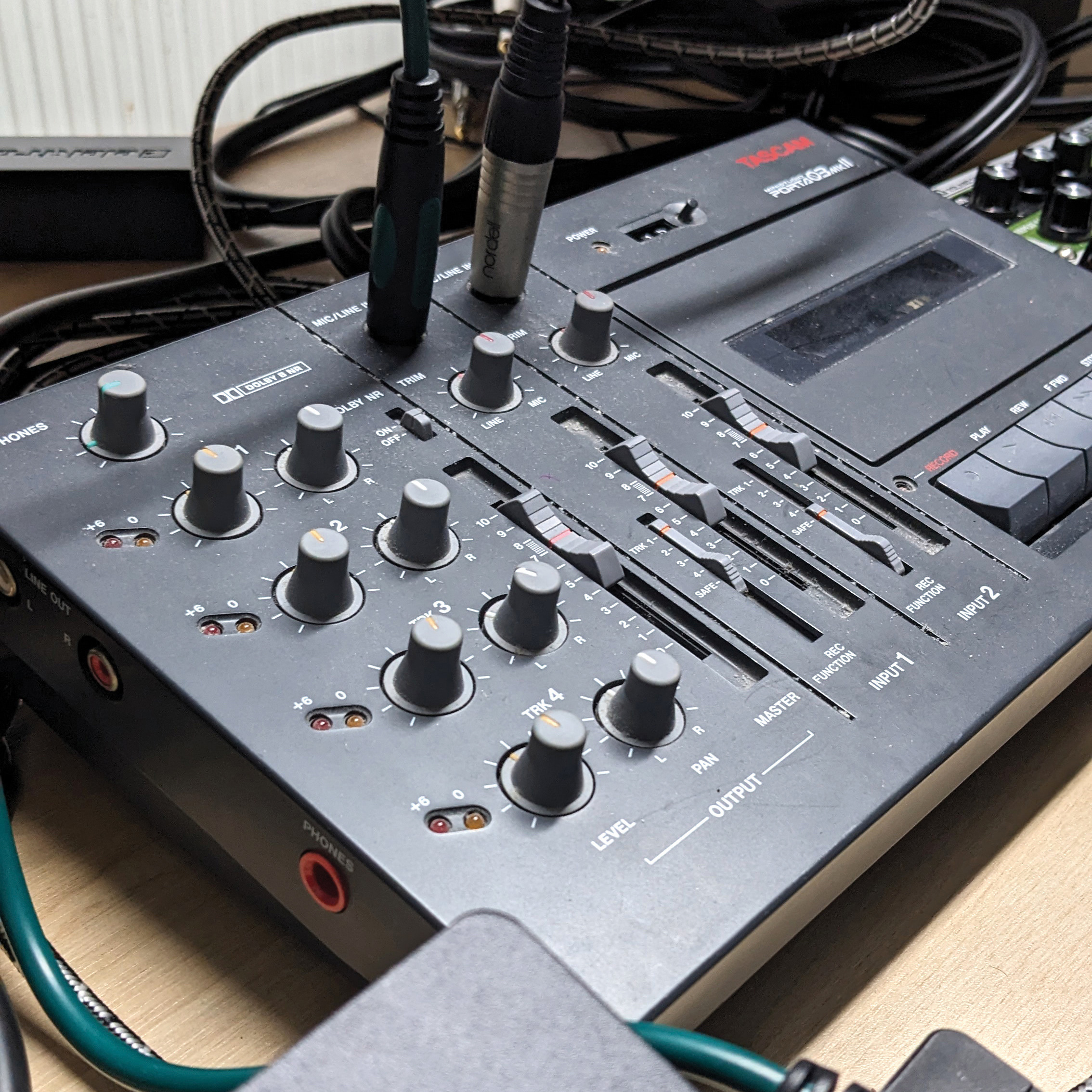
You seem very drawn to bells, chimes and mallet sounds. Where does this specific influence comes from?
“I’ve found myself really attracted to mallet sounds and percussion. I’d been listening to some Steve Reich stuff, so maybe it’s come from that, but I just like the physicality of how those things sound. Even if I’m using a Kontakt sample of a single one hit, you can sense there was a human involved in making the sound and there’s something really satisfying about putting mallet sounds through multiple layers of distortion and reverb.”
What hardware did you use for sound generation and effects?
“The first couple of records were all software and then I bought an Octatrack and it blew my mind completely. I didn’t understand it at first – it felt like this weird, alien machine that I’d get really frustrated with. I think everyone who has an Octatrack goes through a period where they absolutely hate it for a few months and then something clicks and it becomes this incredible weapon.
Everyone who has an Octatrack goes through a period where they absolutely hate it for a few months and then something clicks and it becomes this incredible weapon
“A lot of the melodies and beats on Bolted were put through the Octatrack or made on computer and then put through it to chop up and create something new. I find the device difficult to write with, but really enjoy using it as an effects box. I like the reverb and distortion and use the LFOs to chop up samples and generate randomness, which I can’t to do as well in Ableton or Logic. It’s definitely got its own sound.”
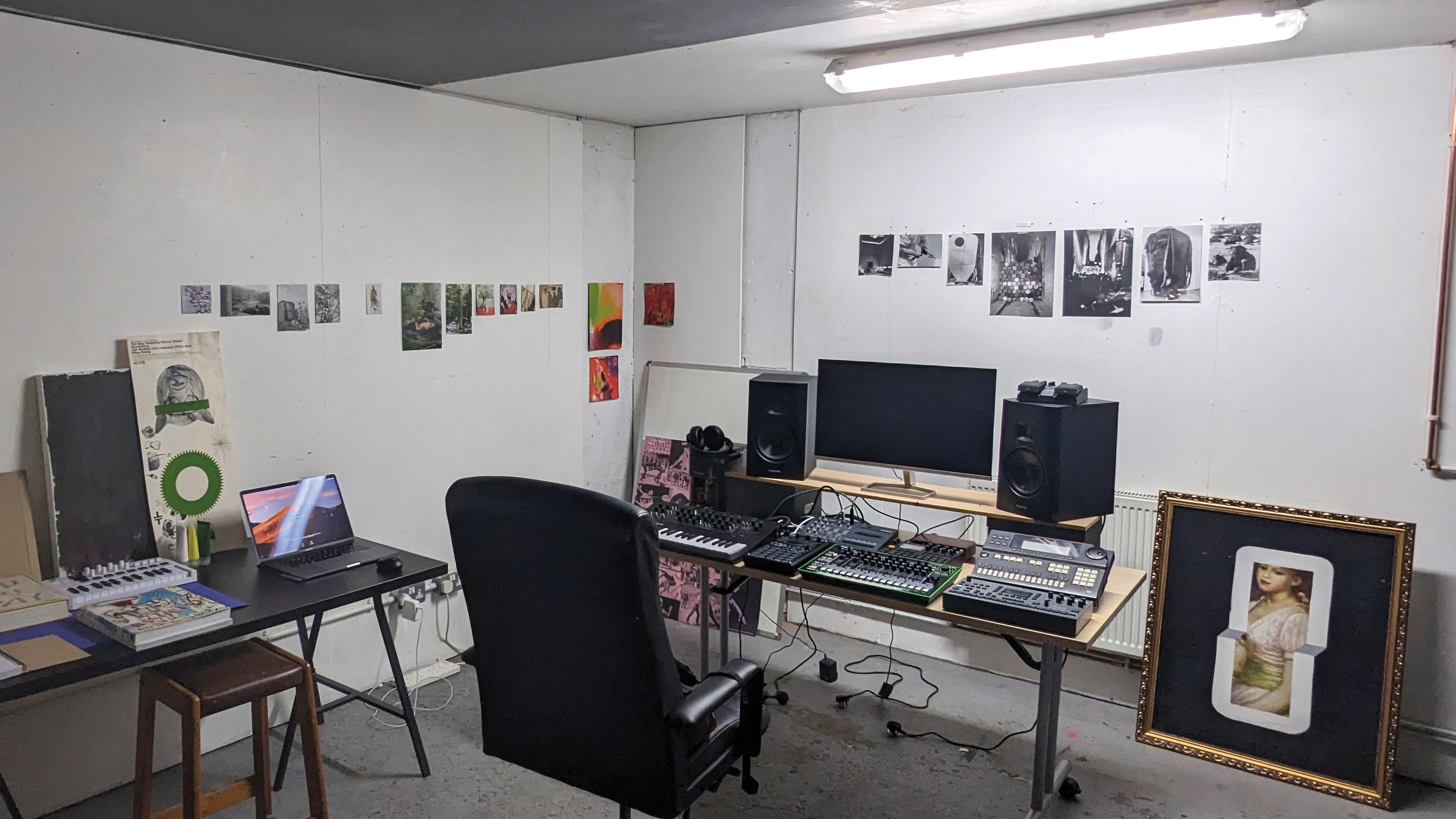
You have some Roland gear too?
“I really like the Roland SP404 – it looks like a big calculator and it did take a few months to get to grips with, but a lot of the bell sounds and melodies were put into the SP404 and replayed by finger tapping the melodies. Similar to the Octatrack, when you pitch or mould a sample on the SP404, whatever algorithm it uses adds its own character.
“They’ve been doing really good updates for it too, so I’m actually using it in my live setup now. It feels light but substantial and I can see why it’s so popular with people. There’s also some Roland drum machine stuff on the album – I like to put them through effects boxes and fuck things up that way – and I used the Elektron Digitakt for a lot of the drums because it adds lots of randomness and generates stuff that I wouldn’t have thought of.”
In an age of limitless audio sequencing, what’s appealing to you about using a Tascam Portastudio these days?
“It was bought for me one Christmas when I was around 11 or 12 years old and I’ve recently got back into using it because you can put sounds through and it has a really lovely blown-out quality. I love the textural quality of cassette – you get little warbles, fragments and drop outs that you can’t fake with a plugin.”
Are you using Ableton Live for recording and arranging and Logic Pro for finessing your sound?
“It’s a mixture of both. For scoring work I mostly use Logic because it’s so good for scoring to video files and Ableton hasn’t quite figured that out yet. Ableton is great for moulding and creating material and I love all of its fun, in-built samplers. The in-built reverb and distortion plugins are pretty good when you get to grips with them and you can get a lot of really interesting stuff for Max for Live.
“I don’t fully understand the programming side of it, but people build their own little plugins that you can download from a library and that open source element can throw in lots of really interesting ideas. The main third-party plugin I used on this record is the Valhalla reverb, which is amazing.”
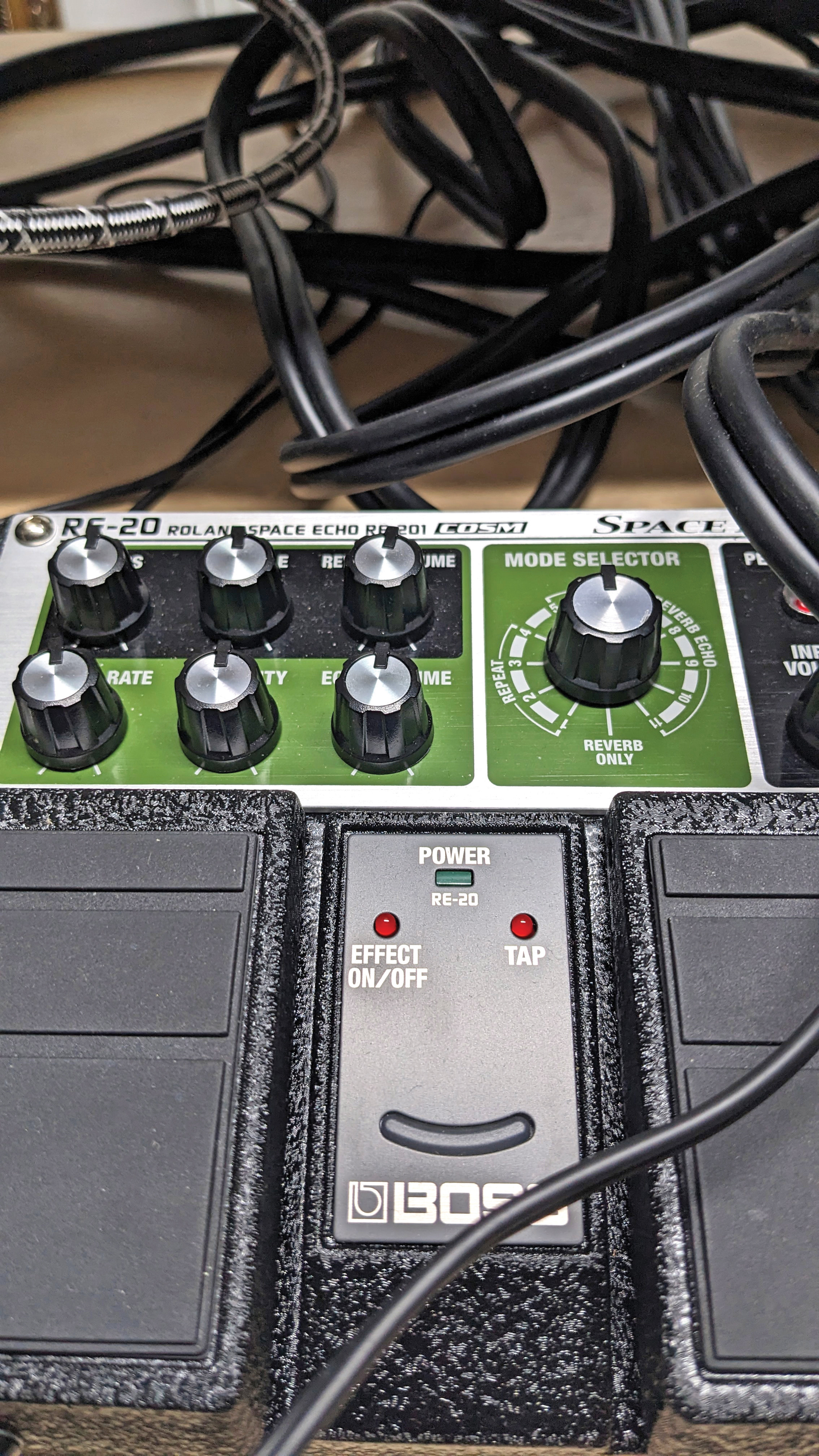
To add further distortion, you’re using a Boss RE202 Delay and a couple of other pedals?
“I really like effects chains, bouncing stuff down and replaying them through effects boxes multiple times. You can create really gnarly sounds that have been mangled so hard you can’t really tell what the original sound was and can pretty much create new instruments or something you’ve never heard before. I’ll often put that stuff to one side because it always has a use eventually, particularly for scoring work where having banks of sounds that I can pull up quickly is really handy and efficient.”
What’s your approach to playing live these days?
The more I use hardware in the studio, the more I see the potential to use it in a live setting
“I love playing live, but it’s impossible to recreate a lot of the Forest Swords stuff because a lot of the instruments don’t exist or can’t be remade. For my next tour, I’ll be taking out the SP404 and the Octatrack. The more I use hardware in the studio, the more I see the potential to use it in a live setting. These boxes feel a lot more like an instrument to me now and I’m taking a saxophone player out with me who will also be playing some extra percussion and woodwind.”
How do you envision the saxophone working within your sound aesthetic?
“When you mention the word saxophone people think of jazz music, but the instrument can be used in quite a deep way. For me, brass sounds have a very synth-like quality and I like how the saxophone can produce low-end growly sounds. We’ll be putting it through some effects boxes, so it’ll be all mangled up and if you swap it out for a lot of the synth pad sounds it can add a more human, emotional quality. It’s an underrated instrument.”







